

Johns Hopkins University (JHU) continues to pad its space community résumé with their interactive map, “The map of the observable Universe”, that takes viewers on a 13.7-billion-year-old tour of the cosmos from the present to the moments after the Big Bang. While JHU is responsible for creating the site, additional contributions were made by NASA, the European Space Agency, the National Science Foundation, and the Sloan Foundation.
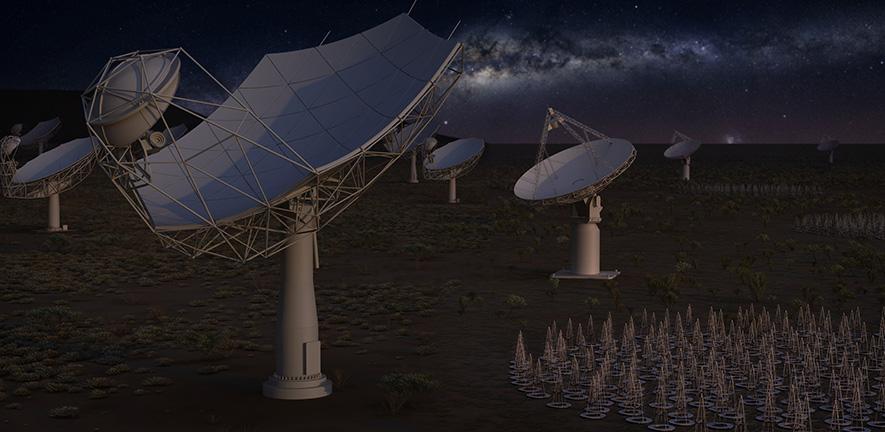
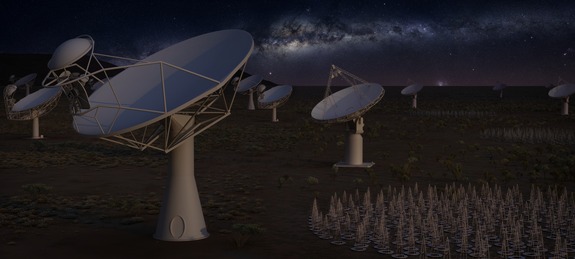
An artist's impression of the completed Square Kilometer Array, which will be constructed in South Africa and Western Australia. Credit: SKA Organisation A huge telescope array will allow scientists to conduct the most sensitive and exhaustive search for signs of alien civilizations to date when it comes online, the project's backers say.
When complete, the Square Kilometer Array (SKA) will be the largest radio telescope array in the entire world. The result of decades of work involving 40 institutions in 11 countries, the SKA will allow astronomers to monitor the sky in unprecedented detail and survey it much faster than with any system currently in existence.

Aerial image of the South African MeerKAT radio telescope, part of the Square Kilometer Array (SKA). Credit: SKA
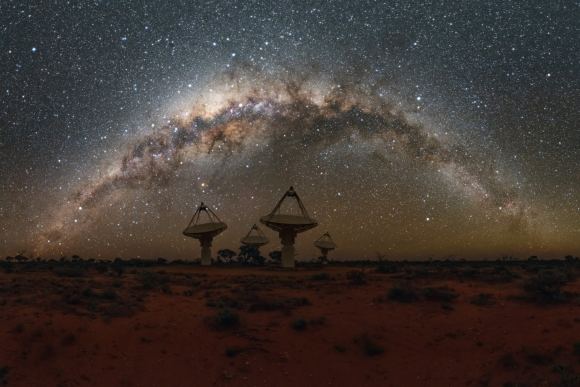
Antennas of CSIRO’s Australian SKA Pathfinder with the Milky Way overhead. Credit: Alex Cherney/CSIRO
The Engineering Development Array from ICRAR on Vimeo.
The Engineering Development Array (EDA) is a separate telescope designed and built by Curtin University. It is a single field-node of 256 antennas, replicating the proposed antenna layout of the SKA-low field nodes, but using Murchison Widefield Array (MWA) dipole antennas. Data taken from the EDA is compared and correlated against the MWA.
As the MWA antennas have already been thoroughly characterised, the EDA helps us understand how a larger group of randomly spread antennas can be expected to perform in the given layout.
<
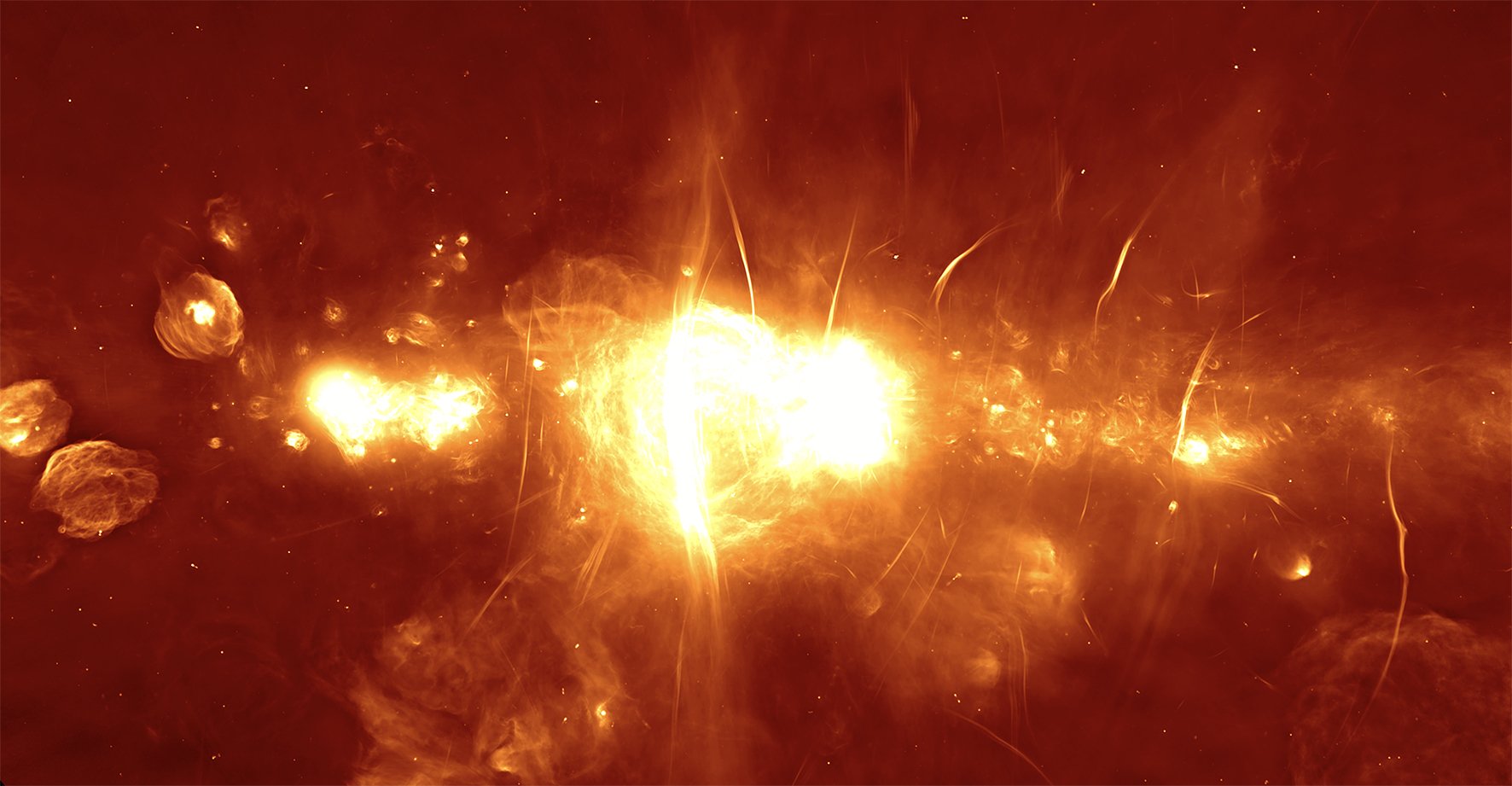
The First Image from the new Meer Kat Observatory

False Color Image Of IC4296 The MeerKAT telescope in South Africa has produced a never-seen-before array of cosmic elements woven into space. The amazing image depicts powerful radio waves dropping into a black hole at the center of a galaxy known as IC 4296. The two radio streams of gas on opposite sides of the galaxy are created by the energy from matter as it falls into the massive rotating black hole creates, explains Space.com. "Only MeerKAT's unique combination of sensitivity, angular resolution and dynamic range allowed the discovery of these threads, ribbons and rings," said Jim Condon, one of the study's authors.
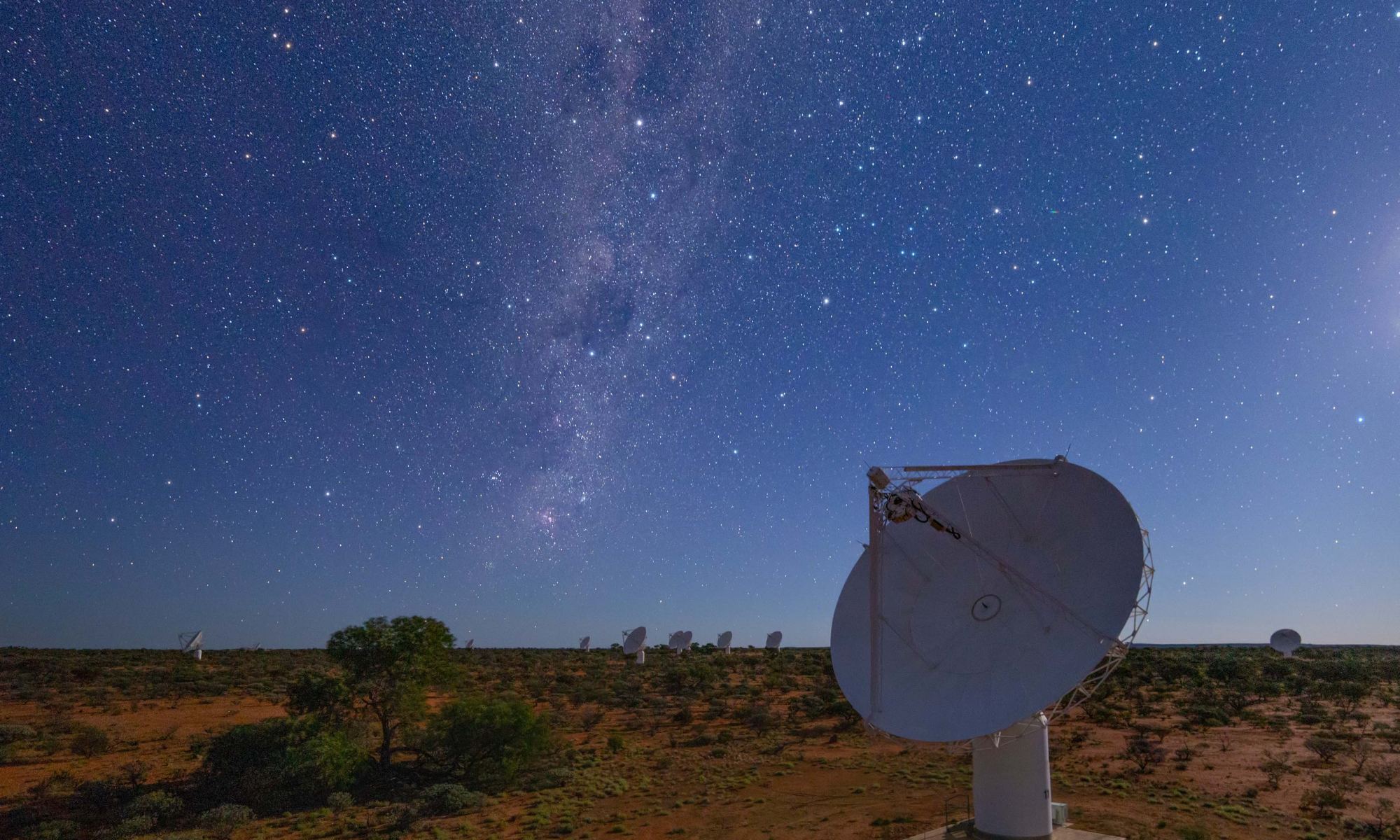
Although radio astronomy has been around since the 1930s, it is only in recent years that astronomers have been able to make high-resolution maps of the radio sky. Sky maps are difficult for radio telescopes because radio antennas need to be focused on an extremely small patch of sky to capture images in high resolution. But with modern antennas and computer processing, we can now scan the sky quickly enough to map the heavens in a reasonable amount of time.
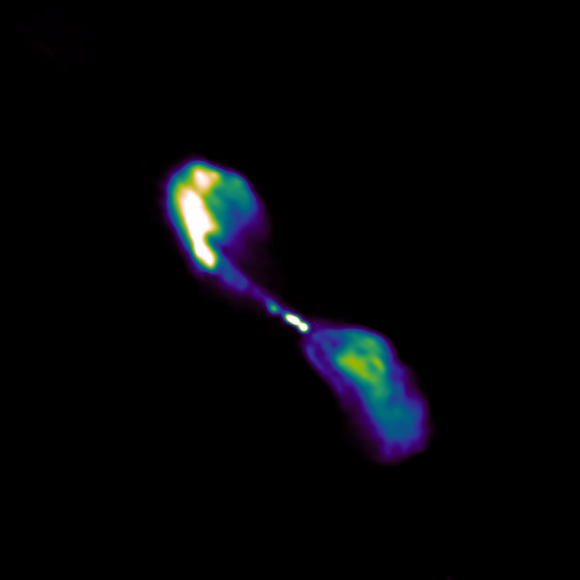
A radio view of the elliptical galaxy Centaurus A. Credit: CSIRO
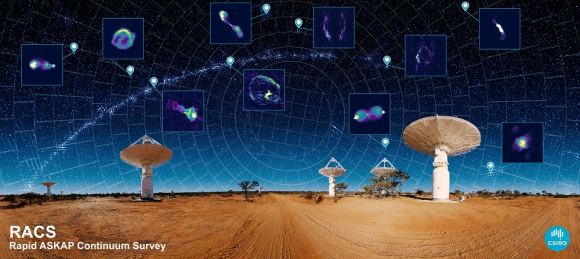
A few of the objects captured by RACS. Credit: CSRIO

An Murchison Widefield Array radio telescope tile photographed with a "breakaway" hill in the background. Image: MWA The first modern Search for ExtraTerrestrial Intelligence (SETI) experiment at low radio frequencies is underway, as researchers utilise the capabilities of the Murchison Widefield Array (MWA) to search the skies for the tell-tale signs of an advanced civilisation. SETI experiments using radio telescopes first started in 1960 when Cornell University astronomer Frank Drake used the Green Bank telescope in West Virginia to examine two nearby stars. Since then a number of programmes, such as the Million-channel ExtraTerrestrial Assay (META) programme and SERENDIP (Search for Extraterrestrial Radio Emissions from Nearby Developed Intelligent Populations) plus offshoots of this experiment, have continued to search the skies ever since.
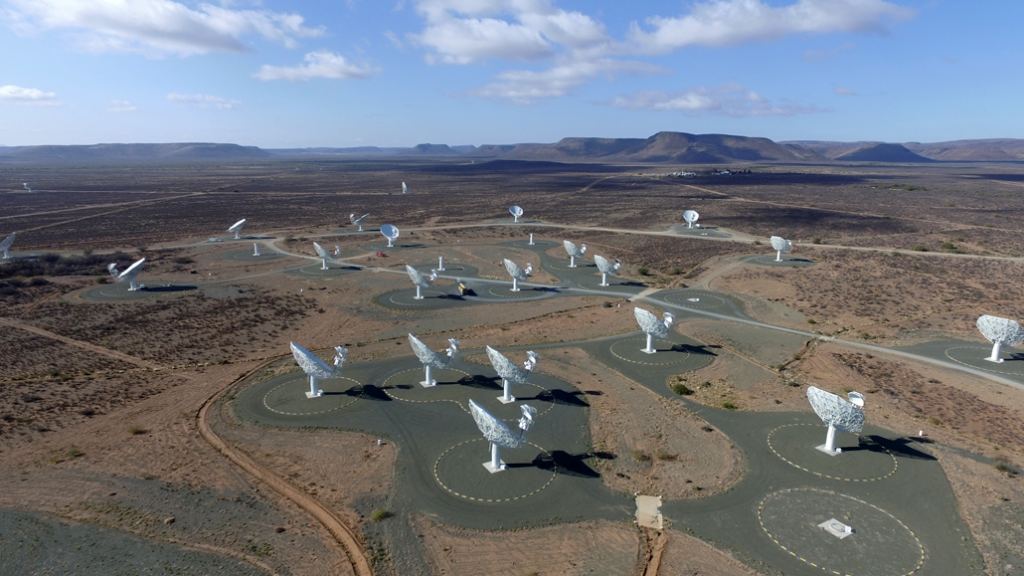
Located in the Northern Cape of South Africa, the MeerKAT telescope consists of 64 powerful radio antennas dedicated to probing the mysteries of the Universe. This facility is a precursor to the future Square Kilometer Array Observatory (SKAO), which will consist of MeerKAT and the Hydrogen Epoch of Reionization Array (HERA) in South Africa and the Australian SKA Pathfinder (ASKAP) and Murchison Radio-astronomy Observatory in Australia. A primary aim of the SKAO is to understand the matter content of the Universe and what mechanisms are driving its evolution and expansion.
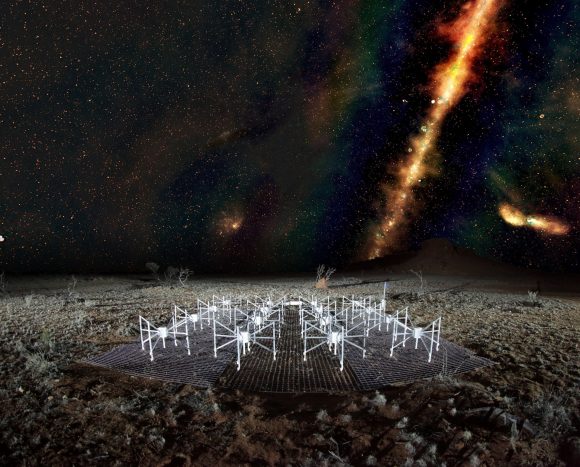
A ‘radio color’ view of the sky above the Murchison Widefield Array radio telescope. Credit: Natasha Hurley-Walker (ICRAR/Curtin), GLEAM Team; ICRAR/Dr. John Goldsmith/Celestial Visions
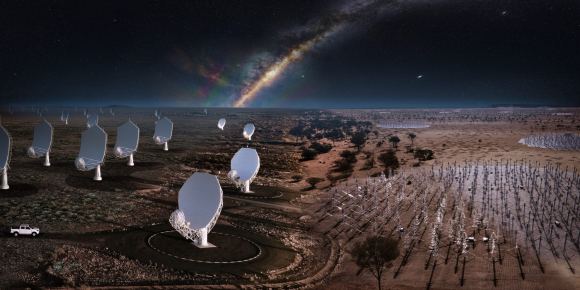
Composite image of the SKA combining all elements in South Africa and Australia. Credit: SKAO
Age Of Wonder' by Scott Buckley released under CC-BY 4.0. www.scottbuckley.com.au #indiamegaprojects